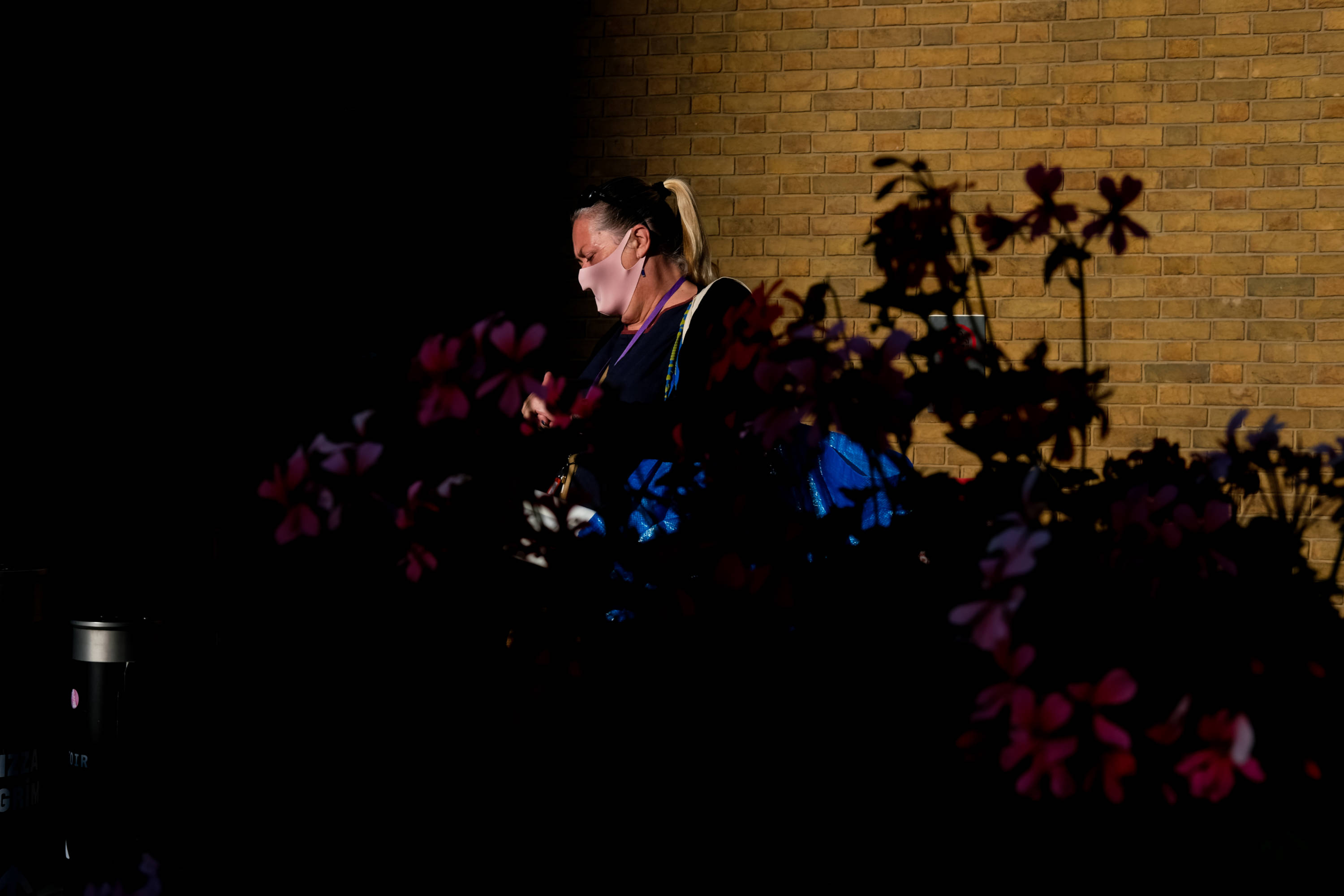As a male street photographer, I’m eager to understand the experience on the street from a female perspective.
I recently reported on a Reddit thread that focused on one of the advantages women have over men when shooting candidly: photographing children. The piece sparked debate, and in some instances, outrage. Some suggested it wasn’t my place to comment on such topics, while others said, “What about all the privileges men have in street photography that women don’t?” It’s a fair question. And to my fault and shame, it’s not one I’ve taken enough time to think about until now.
I’m not going to speak on behalf of the female section of the community: it’s not my place to tell the world of their experience. Instead, I spoke to three active female street photographers who have great standing within the community. This piece isn’t just a way to educate our readers, but also myself.
Nina Welch-Kling, Regina Gavrilov, and Sara Melhuish are three street photographers I have an immense amount of admiration and respect for. All three are fantastic street photographers doing their thing and sharing their voices. I’m thankful of them for agreeing to speak with me.
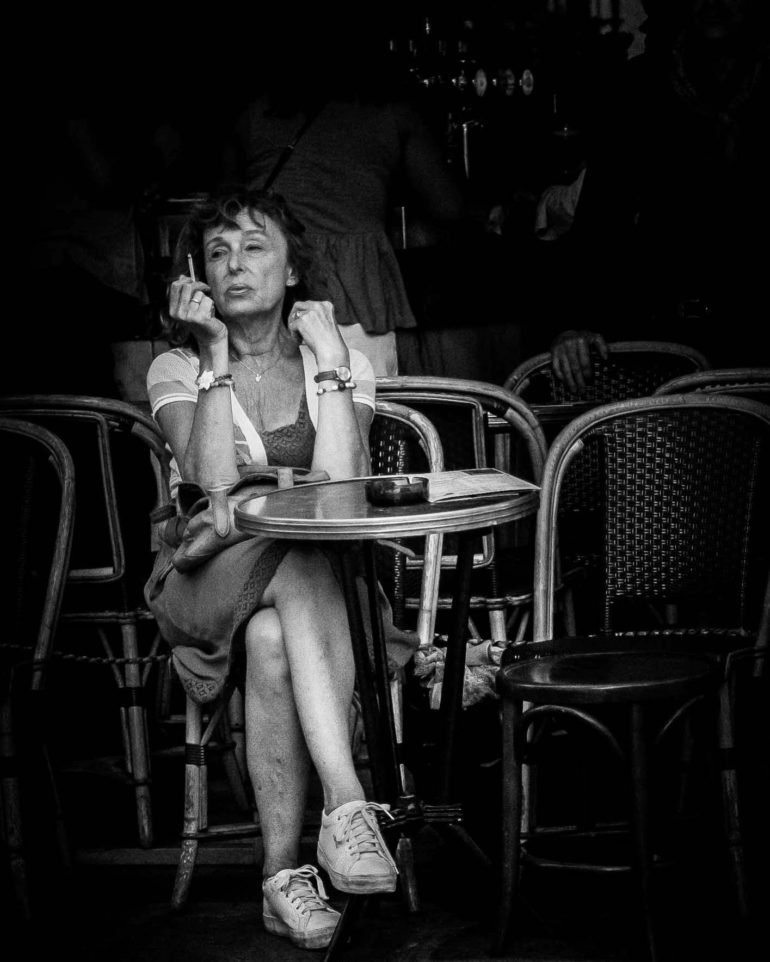
Safety in Street Photography
Before we get into the core of the piece, it’s fair to say that most of the limitations one would assume women would have pertain to safety. Street photographers have to deal with confrontation: it’s sadly a part of what we do. But from the conversations I see online, and from the comments people send me directly, it seems there’s a general consensus in certain sections of the community that women are more likely than men to be at risk of physical violence.
I know some people reading will be quick to point out that in almost all reported cases of violence against a street photographer, the victims are men. In 2015, Michael Boyd wrote about his attack in the city of Glasgow while shooting street photography. Thomas Fitzgerald was beaten with his own camera by a member of the public in Dublin last year. And possibly the most notable event was when Math Roberts was beaten and bloodied at the world-famous Nottinghill Carnival in 2019. In fact, if you do a Google search of “street photographer assaulted, attacked, or beaten,” you will be hard-pressed to find an instance where the victim was female.
That’s not to say it doesn’t happen. When I spoke to Suzanne Stein in early 2019, she told me about her traumatic experiences while out shooting in the United States. “I have been assaulted four times while shooting and have had two concussions. Every time I’ve been attacked it was by bystanders—never by anybody I was actually taking a picture of.”
Although Stein seems to be an exception to the rule, we shouldn’t be so quick to close the book and suggest it is in fact men who are more at risk of violence. There are some points to consider.
- Men are more likely to put themselves in dangerous situations. Shooting late at night or in remote areas may not seem as much of a problem to the male street photographer, and in their own mind they may believe they can “handle themselves.”
- As men disproportionately commit crimes, the general public are likely to be more suspicious of a man when they’re using their camera in a public space.
- Not all instances of violence against a street photographer will be reported, so the data available can’t be seen as a clear view of the reality.
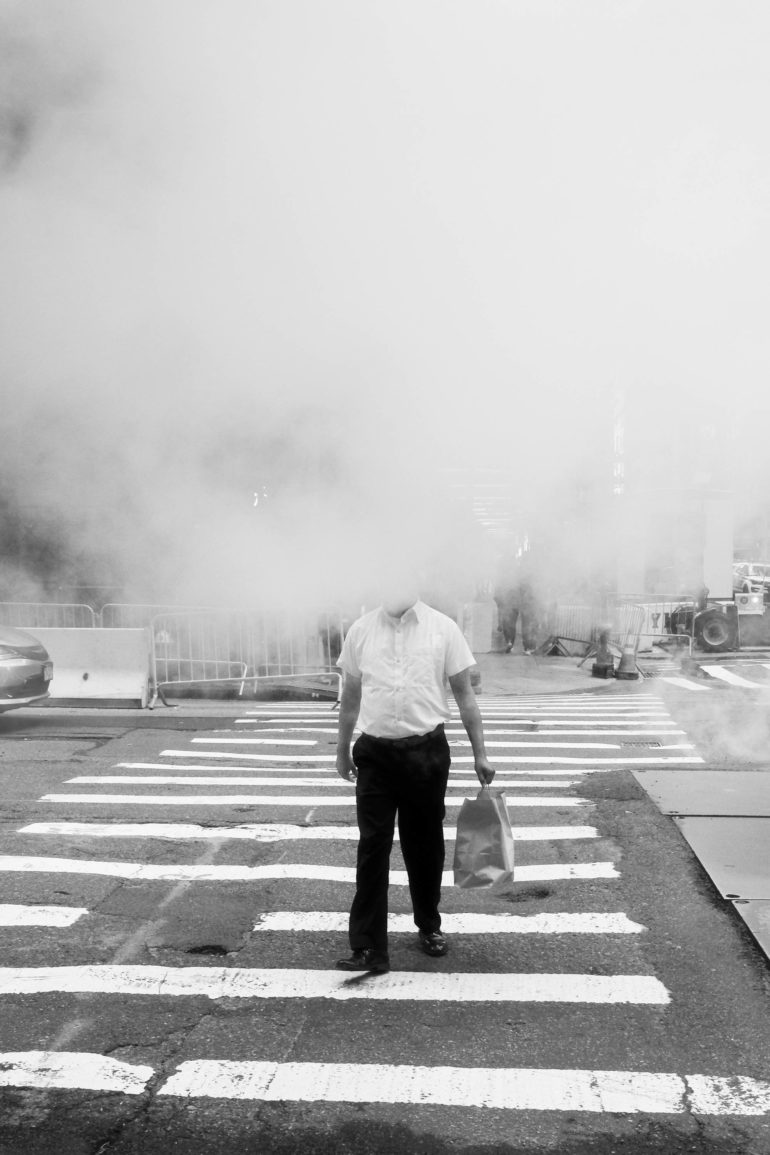
The Female Perspective
I asked Kling, Gavrilov, and Melhuish how much they worry about potentially aggressive or violent altercations while practicing street photography.
NK: “I am really not too worried about an altercation while shooting on the street, which doesn’t mean that I am not careful and attuned to my surroundings. I tend to shoot in areas that are highly populated and I am quite visible to the public while holding my camera.”
RG: “My priority when street shooting is first and foremost to be respectful, so while I am mindful of potential altercations, it’s more from the perspective of not overstepping my boundaries towards someone’s privacy and instigating a bad reaction. So long as I know that I’m not making anyone feel particularly uncomfortable with my camera or being obnoxious in my shooting, I don’t worry about altercations much. To this day, I haven’t had any issues.”
SM: “I don’t tend to worry about that at all when I go out on my normal photo strolls or meets, which tend to be early morning or late afternoons. The areas I frequent are in general very busy and if I see a hint of aggression in anybody anywhere or a fight about to go off, I tend to hold back and read the situation and try not to get in the crossfire of it. If out at night alone, I tend to switch on the ‘share my location’ in WhatsApp and make sure I call to say when en route and what time I should be arriving etc.”
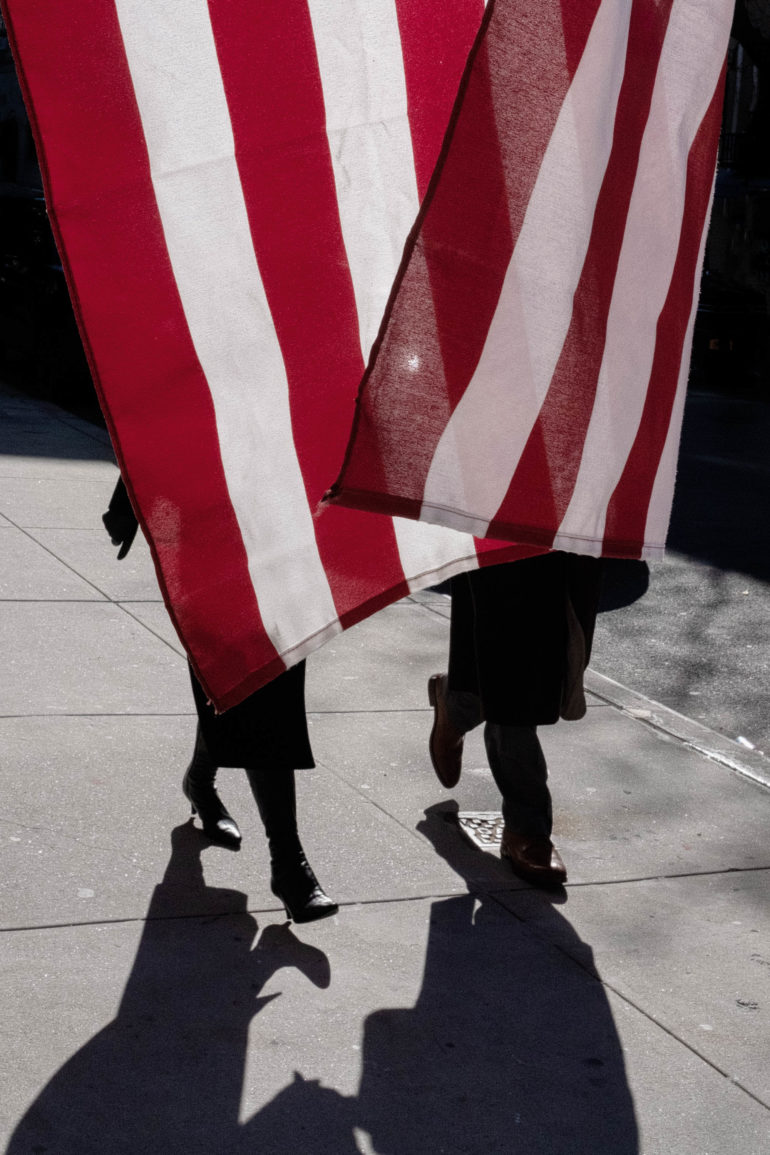
I then asked if they felt there were things they couldn’t do that a man could while making candid images.
NK: “I am not very comfortable shooting alone at night. During New York’s Covid-19 stay at home period, I did venture out at night within my neighborhood to shoot and felt fairly safe (but that was very close to my home). I think I would consider taking a maze if I were to shoot in less familiar surroundings but I question if the shot would be worth my discomfort.”
RG: “I do sometimes feel limited when wanting to photograph in neighborhoods that wouldn’t show up on a city’s ‘most safe neighborhoods’ list. Through my solo travels, I’ve been warned by locals not to visit some places alone as a female with a camera. Despite warnings, I do choose to tempt fate at times, but it isn’t without caution and some concern.”
SM: “I don’t really think there is any or much difference between male and female photographers as to what we can or can’t do or to what could happen to us all. Males might have the strength to fight back if a bad situation occurs, but I think being female defuses a lot of potential altercations. It could be at certain events, but I have photographed football hooligans as examples and felt perfectly safe doing it. Again we come back to night time. Travel on night buses and tubes, walking home, being alone, and feeling that you suddenly are in a wrong area or street, and I would then worry about being assaulted, but then a lone male runs that risk too, but can fight back physically to a degree.”
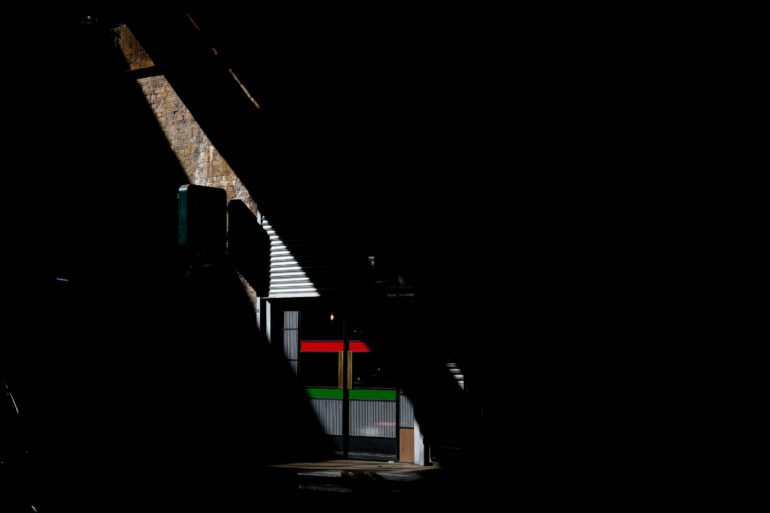
Personal Altercations in Street Photography
I was curious to learn about potential altercations all three photographers may have had throughout their careers. As previously stated, Gavrilov has been fortunate in her experience not to have had an altercation. And Melhuish, who told me about getting caught up in outside altercations, didn’t speak of any direct moments in which she was threatened for taking a street photograph. Kling said she has been in situations where she sensed it would be better to remove herself quickly, but again, she didn’t speak of scenarios where she had been the victim of an attack.
Finally, I asked if they felt that female street photographers are more likely to be attacked than male street photographers.
NK: “I actually feel the opposite. I think because I am female that I am non-threatening and this helps people be more natural and comfortable around me. In general, I am able to de-escalate a situation very quickly while smiling and or engaging with the subject in a conversation. There might be the occasional instance where someone insists that I delete their photo and I will usually comply (but this rarely happens.)”
RG: “I’ve been street shooting for close to five years now, and I’ve yet to be targeted in a violent/aggressive way so I’m not too sure if me being a female puts me in any greater danger than my male counterparts. Again, I’ve been told to take more care as a female, so perhaps my careful approach has always protected me. Were there times when I felt uncomfortable? Yes absolutely, and that is exactly when the voice in my head told me to step away to avoid trouble. When I grab my camera, I also make sure to grab my street smarts and always remain alert, but I’d assume that would apply to male photographers as well.”
SM: “Rather the opposite, I have to say, in my experience, I think being female diffuses a lot of situations as I’m not seen as a threat. I also think we are better at blending in and immerse ourselves in the areas and situations we work. But that’s my experience and how I feel, I’m sure there are other female photographers out there that have had different experiences and feel differently about it.”
Nothing Is Clear Cut
I came into this piece hoping to have my eyes opened. After hearing from several people in the community who made statements about the different privileges each gender enjoys (granted with not much evidence to support them), I was sure that speaking to female street photographers would make me appreciate the freedom I have as a male street photographer. But that’s not what happened. Personally, I don’t feel any more or any less safe than anyone else within the community.
Of course, three female street photographers don’t speak for the entire section of the community. But, it does suggest that experience and perception isn’t the same throughout, and that the reality is more complex than some factions – on both sides – would want you to believe.
Maybe a better approach would be to stop the cycle of who is the biggest victim or who has the more advantages, and instead promote safety and caution throughout the community. We should not be divided, nor should we be inflexible in our views. We are one community, and we should come together and listen to the voices of everyone without trying to shut them down just because we disagree.
Lead photo is by Sara Melhuish. Used with permission.


